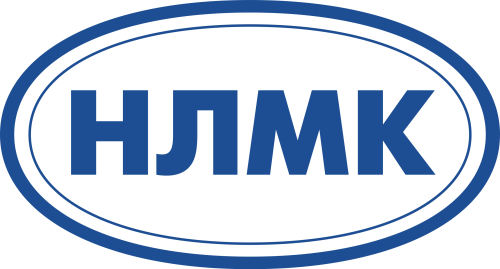Лаборатория пирометаллургии восстановительных процессов
Публикаций
46
Цитирований
121
Индекс Хирша
5
Необходимо авторизоваться.
Основные направления исследований
- Математическое и физическое моделирование тепло- и массообменных процессов в металлургических агрегатах.
- Физико-химические основы комплексного использования железорудного минерального сырья.
- Развитие методов оценки качества поликомпонентного железорудного сырья и кокса, и их влияния на эффективность доменной плавки.
- Метод аналитического исследования явлений доменного процесса
- Оптическая микроскопия
- Механические испытания
- Математическое моделирование пирометаллургических процессов
- Технологии прямого восстановления железа

Галина Витькина
Заведующий лабораторией

Андрей Дмитриев
Главный научный сотрудник

Леопольд Леонтьев
Главный научный сотрудник

Михаил Цымбалист
Старший научный сотрудник

Максим Золотых
Ведущий Инженер

Георгий Нечкин
Ведущий Инженер

Валерий Перепечаев
Ведущий Инженер

Валентина Смирнова
Ведущий Инженер

Елена Вязникова
Научный сотрудник

Владимир Катаев
Научный сотрудник

Роман Алекторов
Научный сотрудник

Лариса Маршук
Научный сотрудник
Направления исследований
Разработана система контроля разгара огнеупорной футеровки горна доменной печи, предназначенная для предотвращения аварийных ситуаций.
+
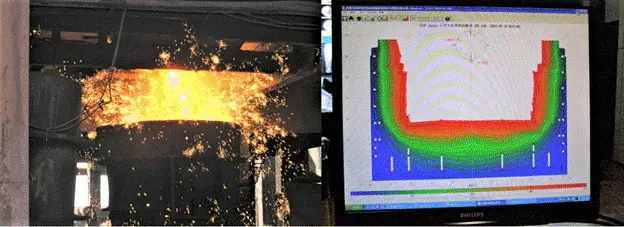
Разработаны математическое описание, алгоритм и компьютерная программа расчета двумерных температурных полей в любом вертикальном и горизонтальном сечении футеровки горна доменной печи.
Теоретическое обоснование и разработка методических основ оценки влияния металлургических характеристик железорудного сырья и кокса на эффективность доменной плавки
+
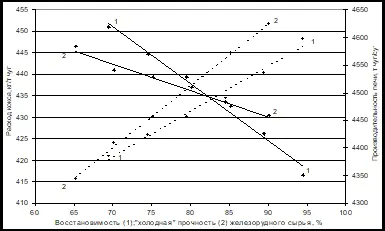
Предложена новая методика оценки влияния металлургических характеристик железорудного сырья и кокса на эффективность доменной плавки, включающая лабораторные исследования с определением металлургических характеристик железорудного сырья и кокса, аналитическое исследование влияния этих характеристик на эффективность доменной плавки с помощью математических моделей, опытно-промышленные и промышленные испытания.
Метод аналитического исследования явлений доменного процесса
+
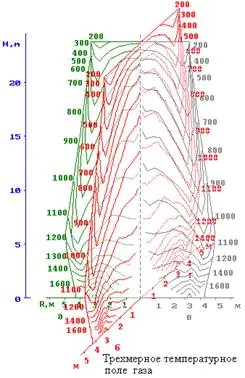
Разработка предусматривает двумерный контроль и прогноз газодинамических и температурных полей в любом вертикальном сечении печи при изменении параметров дутья и систем загрузки, состава шихты и качества железорудного сырья, элементов конструкции (высов и диаметр фурм, объем и профиль печи). Метод может использоваться для анализа работы доменных печей, в частности при отклонениях от нормального режима, для выработки рекомендаций по повышению эффективности работы, для разработки режимов плавки различного железорудного сырья, при разработке систем контроля и управления доменной плавкой.
Развитие физико-химических основ технологии переработки железованадиевых титаномагнетитовых руд с получением ванадиевого чугуна и титанистого шлака на примере собственно Качканарского месторождения.
+
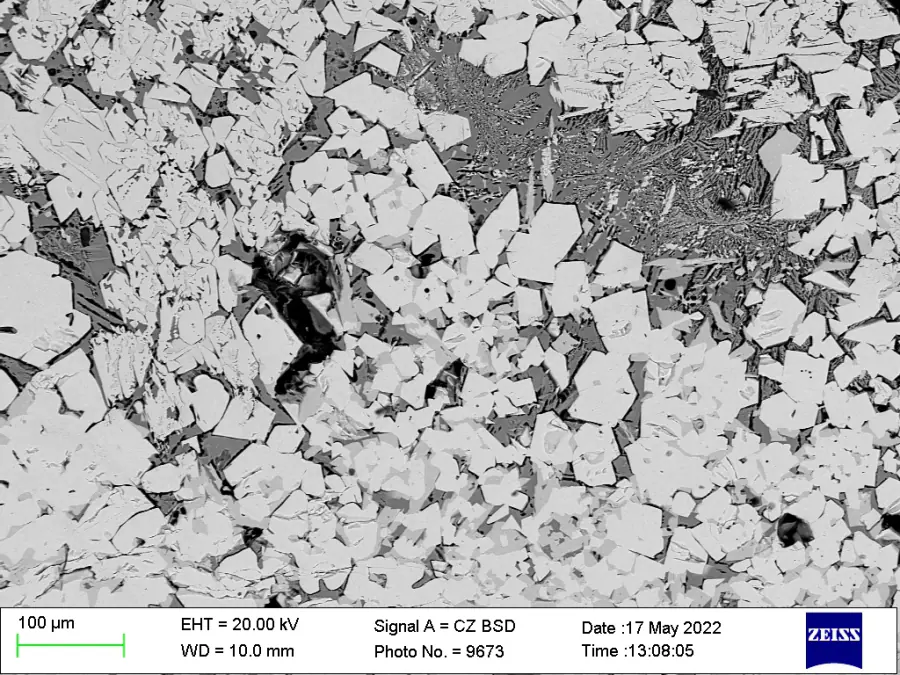
Исследованы фазовый состав и металлургические свойства полученного в ходе лабораторных исследований окускованного железорудного сырья (окатышей) и продуктов доменной плавки (восстановимость, прочность, температуры размягчения и плавления окатышей, рассчитана вязкость доменных шлаков), а также их минералогические особенности. Предложена схема поэтапного перевода доменных печей АО «ЕВРАЗ НТМК» на плавку руд собственно Качканарского месторождения.
Публикации и патенты
Найдено
Ничего не найдено, попробуйте изменить настройки фильтра.
Адрес лаборатории
620016, г. Екатеринбург, ул. Амудсена, 101
Необходимо авторизоваться.











